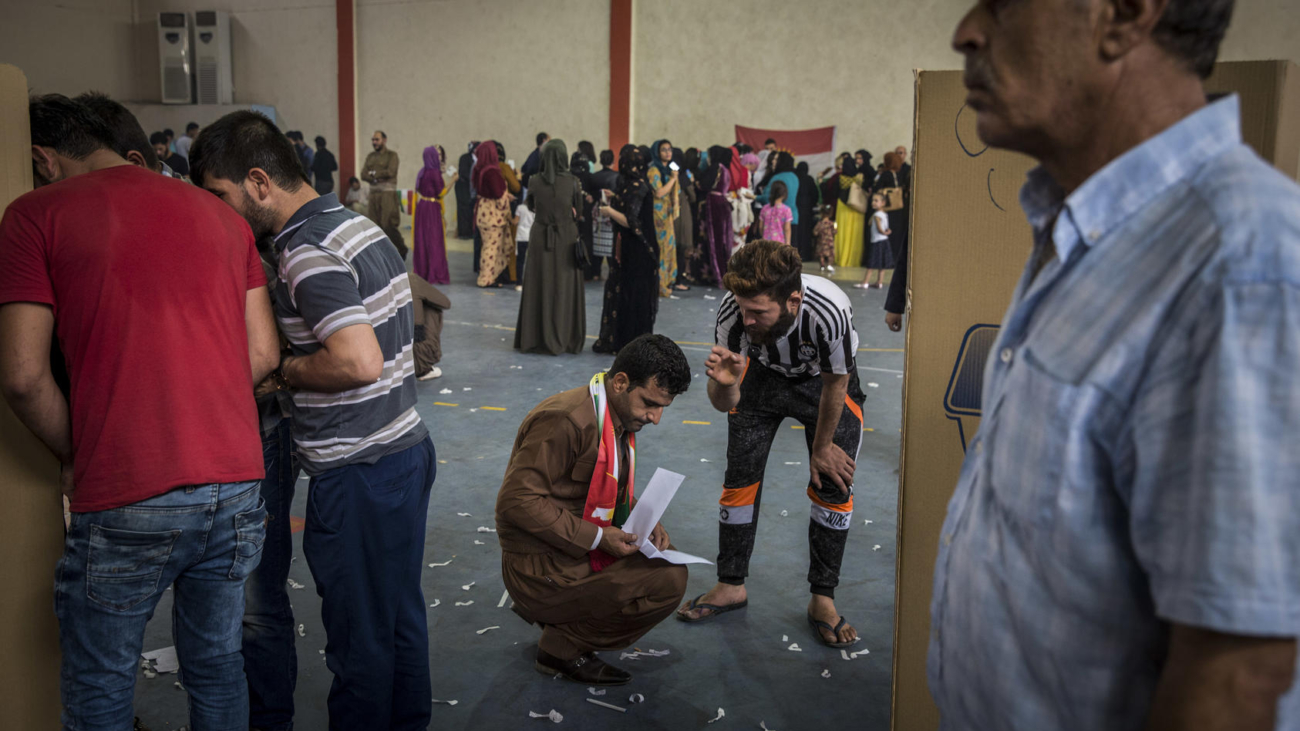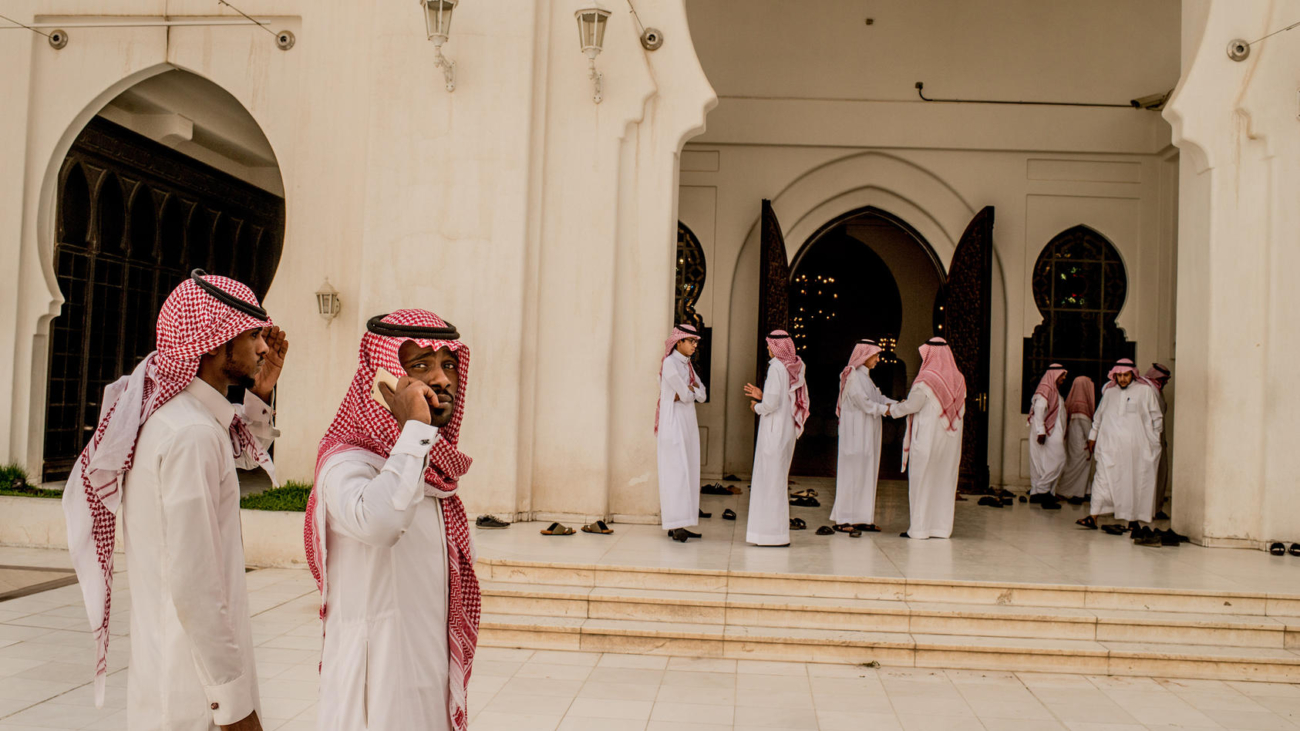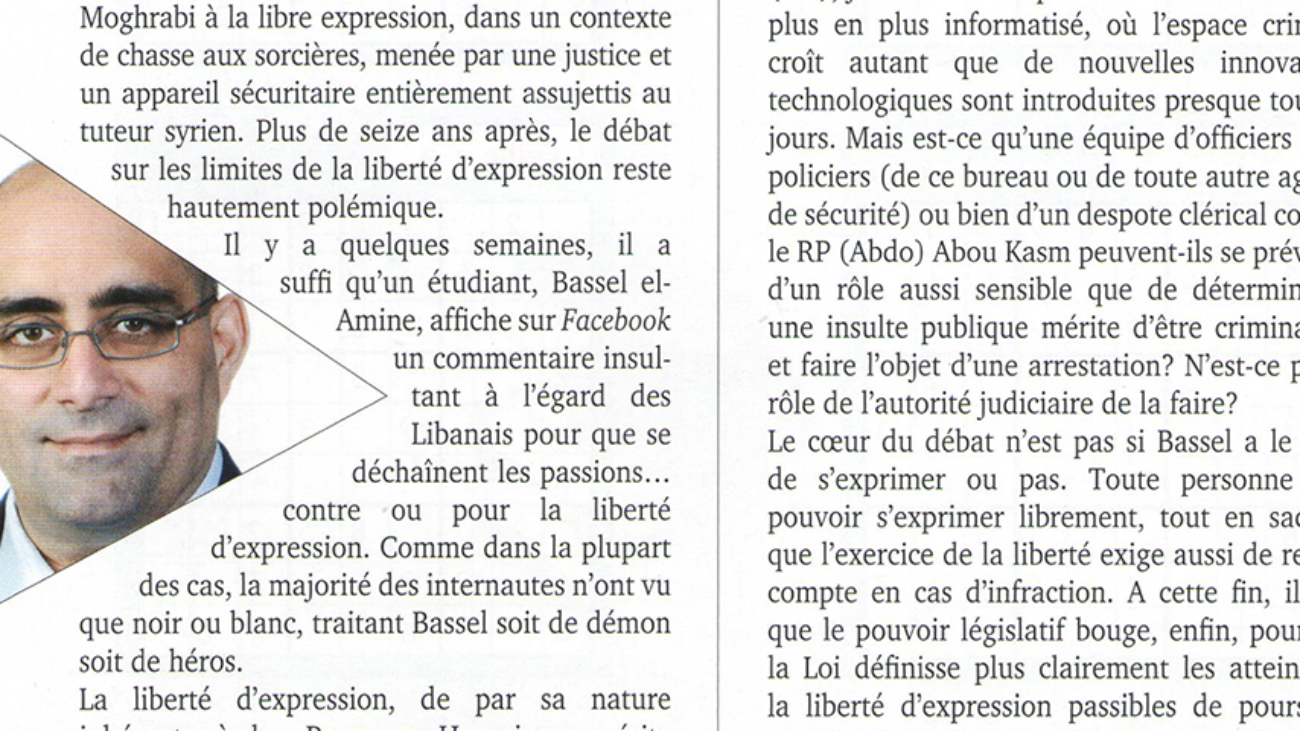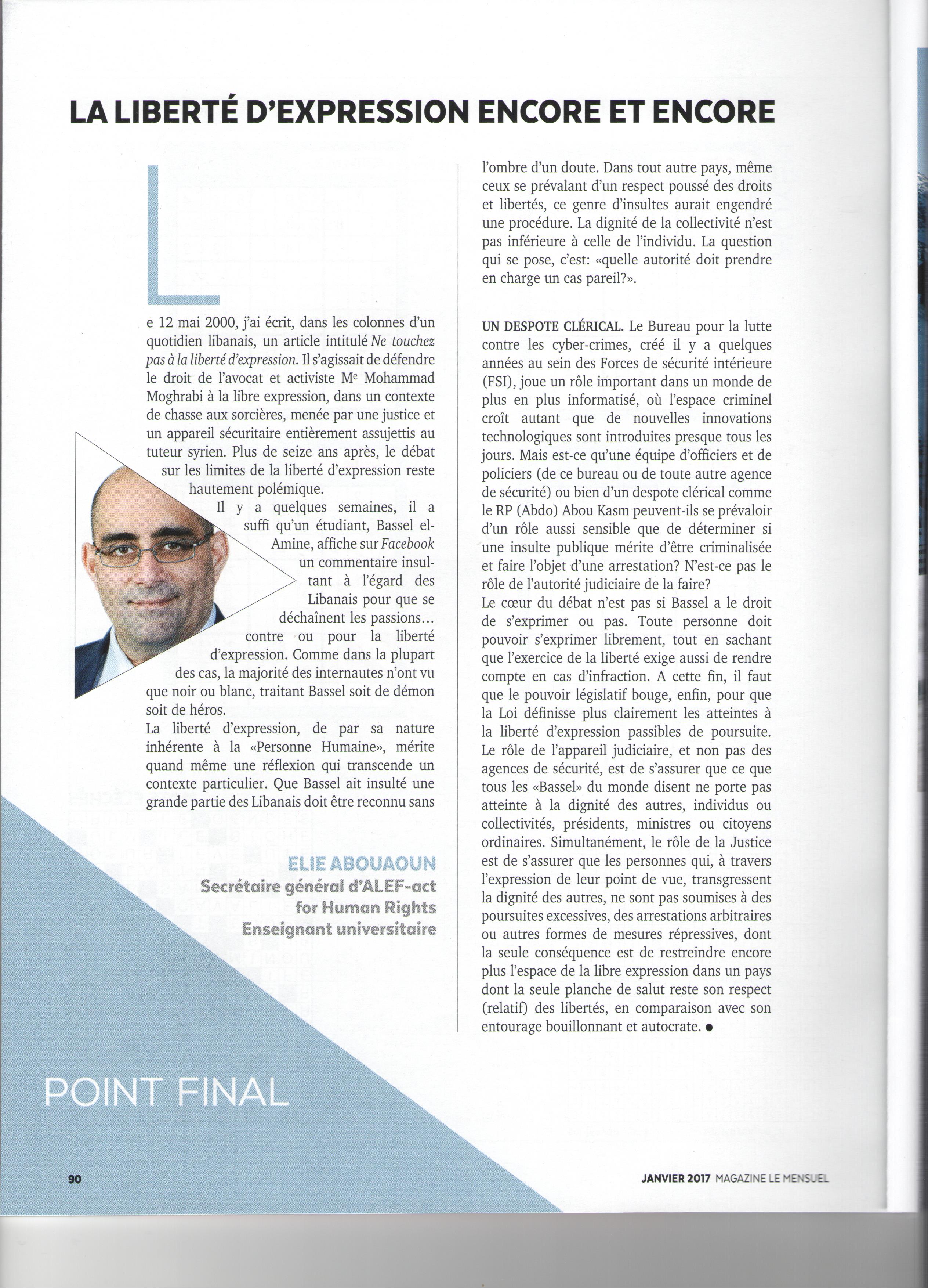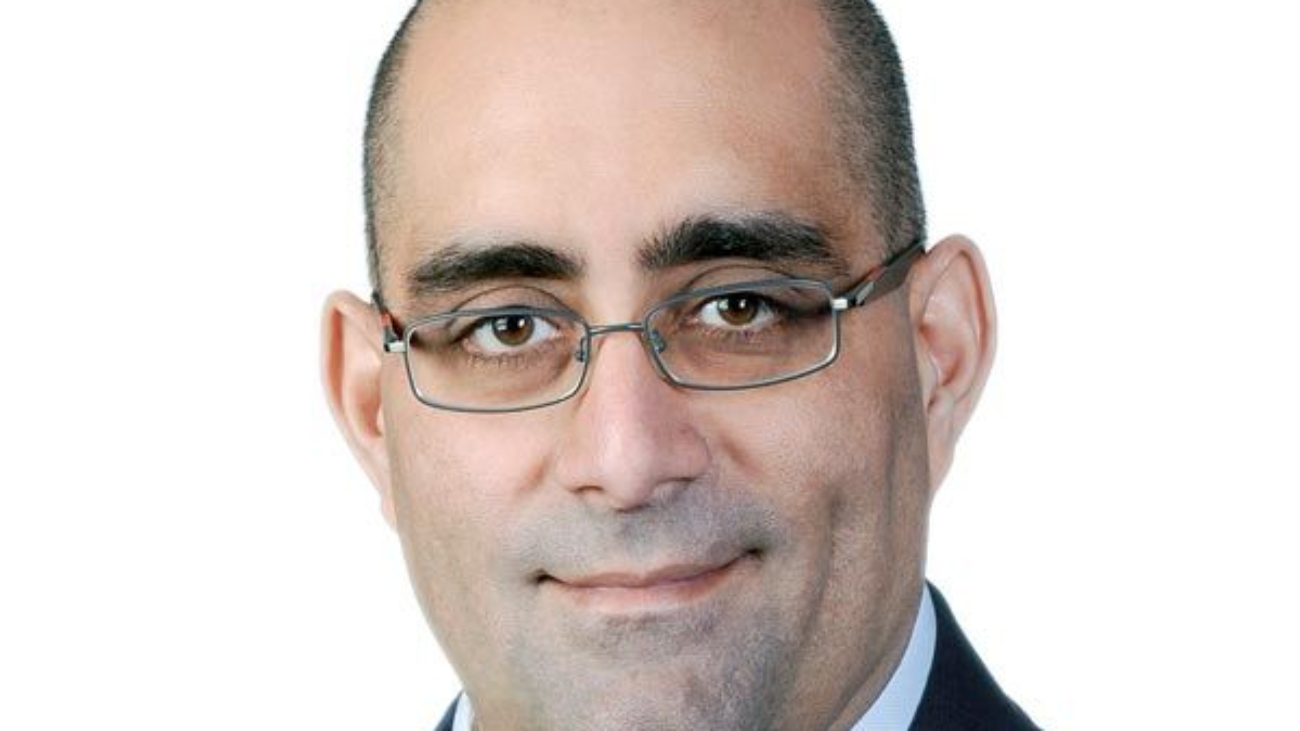As the world’s ‘worst humanitarian crisis’ festers, the local dynamics of the conflict remain overshadowed.
This piece was originally published on the USIP website https://usip.org
Yemen’s ongoing conflict began in 2014 when Houthi rebels stormed the country’s capital, Sana’a, which led Saudi Arabia to form a coalition in an attempt restore the internationally recognized government. Before the war, Yemen was already the Arab world’s poorest country and nearly four years later more than three-quarters of the country’s population is in desperate need of aid and protection, with millions displaced. Further complicating the situation, the conflict has become another battleground in the regional Saudi-Iran power struggle. USIP’s Dr. Elie Abouaoun and Sarhang Hamasaeed analyze the multi-layered nature of the conflict, Yemen’s dire humanitarian situation and the prospects for peace.
The conflict in Yemen is often referred to as a proxy war. Who are the players involved and what are they fighting over? What about the local dynamics?
Abouaoun: It is true that the conflict has elements of a proxy war, however, that aspect of the conflict tends to be overemphasized. Indeed, the proxy war narrative downplays the reality that the primary sources of tension are homegrown and originally stemmed from deep divides along tribal, social, regional and political fault lines.
Unresolved issues with the Houthis—a Yemeni Zaidi Shia sect—and the south of Yemen—which was an independent state from 1967 to 1990—paired with the threat of al Qaida in the Arabian Peninsula (AQAP), economic despair and political instability post-2011, all contributed to the internal chaos that the Houthis ultimately exploited to expand their control over large parts of the country. Overstating the degree to which the conflict in Yemen is externally fueled is dangerous in that it may lead to miscalculations that underappreciate the local realties of the conflict.
From a regional perspective, the growing influence of the Houthis raised red flags for Saudi Arabia, who feared an Iranian-backed group at their doorstep. As such, the Saudis have provided significant military support for the internationally recognized government of President Abed Rabbo Mansour Hadi.
Further behind the scenes is the United Arab Emirates (UAE), who intervened alongside Saudi Arabia against the Houthis, but has also pursued an autonomous agenda in gaining control of maritime traffic in the Red Sea and supporting southern secessionist groups, often in contradiction with the Saudis. Several regional countries (Bahrain, Egypt, Morocco, Sudan, Jordan, Djibouti, Somalia and Eritrea) have contributed to the Saudi-UAE supported coalition in one way or another.
Making matters worse is the Gulf Cooperation Council (GCC) crisis—in the wake of a dispute with Qatar over its support for the Muslim Brotherhood—which has disrupted the unity of the coalition in the fight against the Houthis. This is especially true given that many tribesmen and soldiers who fight against the Houthis in Yemen are members of the Muslim Brotherhood-affiliated Islah party.
Finally, Iran’s footprint is vastly smaller in Yemen than it is in Iraq, Syria and Lebanon; although Tehran has undoubtedly been a player in the Yemen conflict. The Houthis do not fully depend on Iran for arms and the Saudis have more at stake in Yemen than Iran does. Although the Houthis do receive a moderate level of support from Tehran, they are far from being the Hezbollah of Yemen.
Hamasaeed: According to many Yemenis,, internal tensions in Yemen have deepened and grown even more complicated since the takeover of Sana’a by the Houthi-Saleh forces in September 2014. Alliances in both the pro-government coalition and the Houthi sides have shifted. Yemeni actors who have stood against the Houthis and AQAP have turned against each other in Aden and other parts of Yemen. Taiz, which is divided between Houthi and pro-Hadi government forces, has also suffered tensions between pro- and anti-UAE actors. Former republican guards loyal to ex-president Ali Abdullah Saleh turned against the Houthis, despite previously being allied, after they killed Saleh.
International attention has recently been focused on UAE efforts to reclaim the port city of Hodeida from the Houthis. Why is the Hodeida port such an important strategic location?
Hamasaeed: Hodeida is governorate on the western coast of Yemen on the Red Sea controlled by the Houthis since December 2014, when they seized it with support from forces loyal to former President Ali Abdullah Saleh. It is home to a key port, which is the point of entry for 80 percent of the country’s humanitarian assistance and food imports as well as 39 percent of fuel supplies.
The Saudi-led Arab coalition maintains that the port supplies the Houthi’s war machinery with hundreds of millions of dollars in revenue and it is where the group receives weapons used to attack cities in Saudi Arabia and ships in the Red Sea. The international community is concerned about threats to international trade stemming from Houthi attacks from the western Red Sea coast and that serious damage to the port could further complicate the already bleak humanitarian situation.
The United Nations has referred to the situation in Yemen as “the worst man-made humanitarian crisis of our time.” What makes the situation so dire?
Hamasaeed: According to U.N. estimates, 22.2 million (80%) of the country’s 27.4 million people need humanitarian assistance, representing a 15 percent increase in the last year alone. What’s more, 8.4 million people face the risk of starvation, a 20 percent increase over the same timeframe. The conflict displaced over three million people, of which two million remain internally displaced.
Water shortages, driven by the conflict and climate change, have been another challenge that exacerbate conflict dynamics and make matters worse for Yemenis, such as the one million people who have contracted cholera. Disruptions of operations in the Hodeida port will only make matters worse by causing a drop in humanitarian assistance and imports.
What interests are at stake for U.S. national security? Why has Congress repeatedly tried to pull back U.S. engagement in Yemen?
Hamasaeed: For years, the United States has been interested in Yemen for counterterrorism purposes, but in the past few years the stakes have increased to also protecting Saudi Arabia, curbing the influence of Iran, and ensuring the safety of trade through the Bab al-Mandeb strait. Yemen has been home to AQAP and ISIS has found a limited foothold. AQAP has posed threats well beyond Yemen’s borders, such as the 2009 Christmas bomber who attempted to blow up a commercial airliner over Detroit.
Congress is concerned about the U.S. engagement in Yemen because it doesn’t feel it has sufficient oversight, and the U.S. could be implicated in legal and humanitarian issues as a result of selling weapons to the Saudi-led coalition, refueling their aircraft, and providing intelligence.
Almost four years into the conflict, what are the prospects for peace?
Abouaoun: The peace process in Yemen has been far from linear, as cease-fires have come and gone, and occasional momentum has been stymied by faulty assumptions about the local realities in areas that function as separate territories with their own internal political structures and external sources of support. U.N.-led peace efforts have too often excluded pertinent groups and placed too much emphasis on the terms of the internationally recognized government, which has led to unworkable solutions and only prolonged the conflict.
The agenda and the outputs of the U.N.-supported 2013 National Dialogue could serve as a foundation for future efforts toward peace. That relatively inclusive process convened youth, women, representatives of all political parties, tribal leaders and perhaps most significantly, members from the Houthi movement. With a more diverse group of stakeholders informing the agenda, the issues deemed most important to Yemenis were addressed, not simply those of the political elite. Taking into consideration the real dynamics of the conflict at the local level and developing a plan that respects and reflects these realities is the first step toward ending the world’s most dire humanitarian crisis.
Hamasaeed: The key actors in the conflict remain on war footing—either through direct engagement or by playing a supporting role. The battle for Hodeida raised concerns centered on the potential further loss of life and displacement of survivors, which would likely deepen the conflict. If there was a silver lining, however, the situation gave an opportunity to the new U.N. special envoy, Martin Griffiths, to engage in shuttle diplomacy with Yemeni and international interlocutors to assess if a compromise could be found, which could be a positive step toward re-engaging in national peace talks. It is unclear if the efforts of Griffiths will prevent a fight at the city and port of Hodeida and create a breakthrough in the conflict.
Alternatively, the fighting factions could use any pause in hostilities to buy time and as an excuse to potentially escalate the conflict. The bottom line is that a victory in Hodeida for either side will not force an end to the conflict. For peace to be possible, factors at the national, sub-national and regional levels will have to align. International actors believe getting a national political process and agreement in place would set the stage for addressing the sub-national tensions and conflicts. Yemenis have been skeptical of the success of such approach even before the failed 2016 Kuwait talks. The constellation of local actors will need to see indicators that any process recognizes their interests and establishes ways to address them even if they are approached incrementally. Only a multi-layered strategy that corresponds to the complexity of the conflict could offer Yemen’s people a chance at breaking the cycle of violence and curbing extremist groups.


